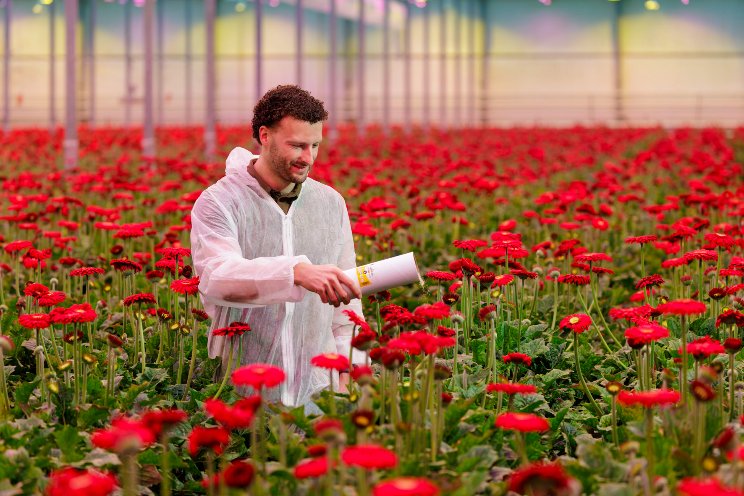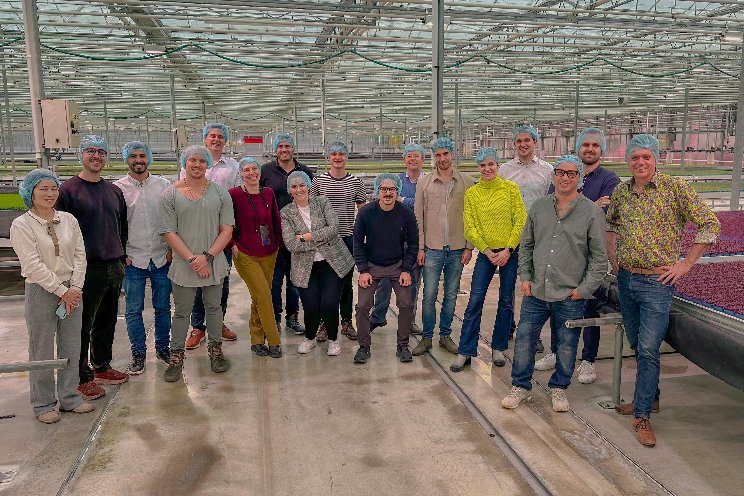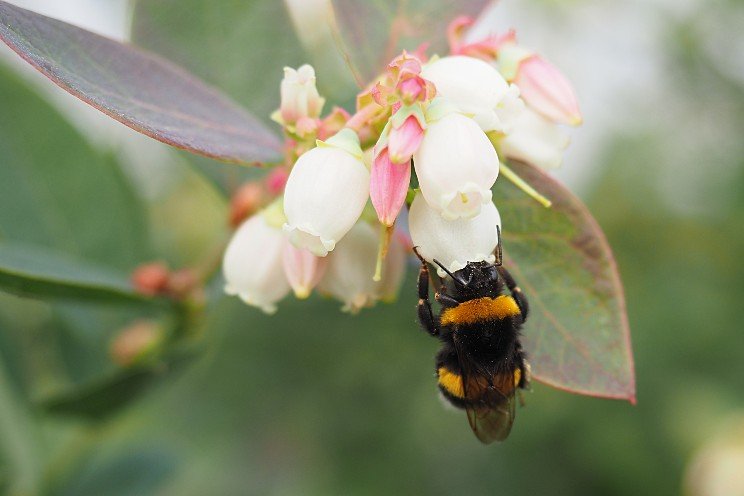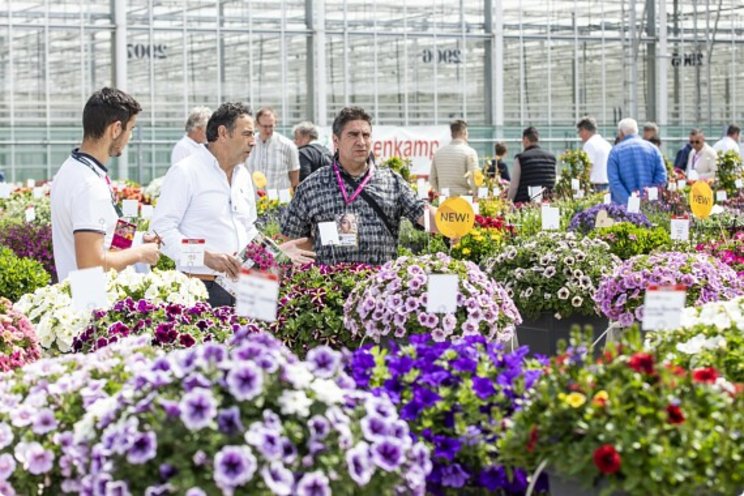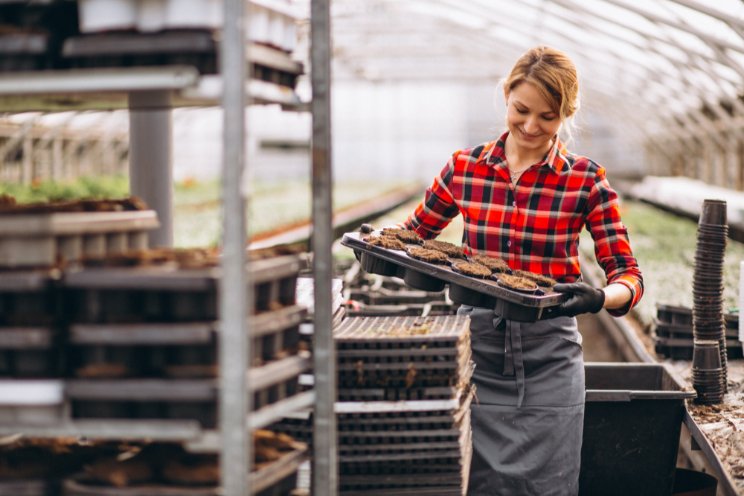5 things to consider while starting your vertical farm or greenhouse
Added on 19 December 2023

In this article, we are sharing five steps to serve as essential guides for those venturing into controlled environment agriculture with an interest in opening their own indoor farm.
Steps to Consider When Planning a CEA Farm
Embarking on the journey of planning a vertical farming business or a greenhouse farming company involves intricate steps and elements that must seamlessly fit together. This process demands substantial time, energy, and financial investment, with potential setbacks if errors occur.
If you are new to controlled environment agriculture, we strongly suggest you spend a good amount of time educating yourself on the industry and the specific growing methods, particularly if you do not come from an agricultural background. The five steps detailed below will help you get started on that journey.
1. Decide Which Crops to Grow Based on Location
We often see entrepreneurs select their crops based on personal interest or a preconceived notion of what will be profitable. However, we always encourage studying the specific market first before selecting which crops to grow. While microgreens, mushrooms, and strawberries receive a lot of press and public interest, that does not mean your market area needs additional supplies of those crops. Remember, while CEA can offer fresher more nutritious products, they are more expensive to produce, and at this time, there is very little consumer distinction between a CEA and a field-grown product. Therefore, like it or not, CEA farmers have to consider traditional farming as a competitor.
To gain a better understanding of a crop's marketability, we recommend comprehensive market research. This research will show which crop types are already saturated in the market and which ones have demand but are lacking in supply. We encourage growers to focus on the latter crop types. This determination will also shed light on who your customers might be and what those off-take channels are. For example, you may find demand from local restaurants that require a specific amount of a product daily, or perhaps your community demonstrates a strong desire for a direct-to-consumer brand with online ordering. The answers to these questions will strongly inform your business model and which of the vertical farming techniques works best.
2. Greenhouse or Vertical Farm?
Once you have determined the crops suitable for your location, the next crucial step is to decide between a greenhouse and an indoor vertical farm with stacked layers. While both greenhouses and indoor vertical farms are designed to facilitate optimal plant growth, they exhibit distinct differences that require careful consideration.
More news
